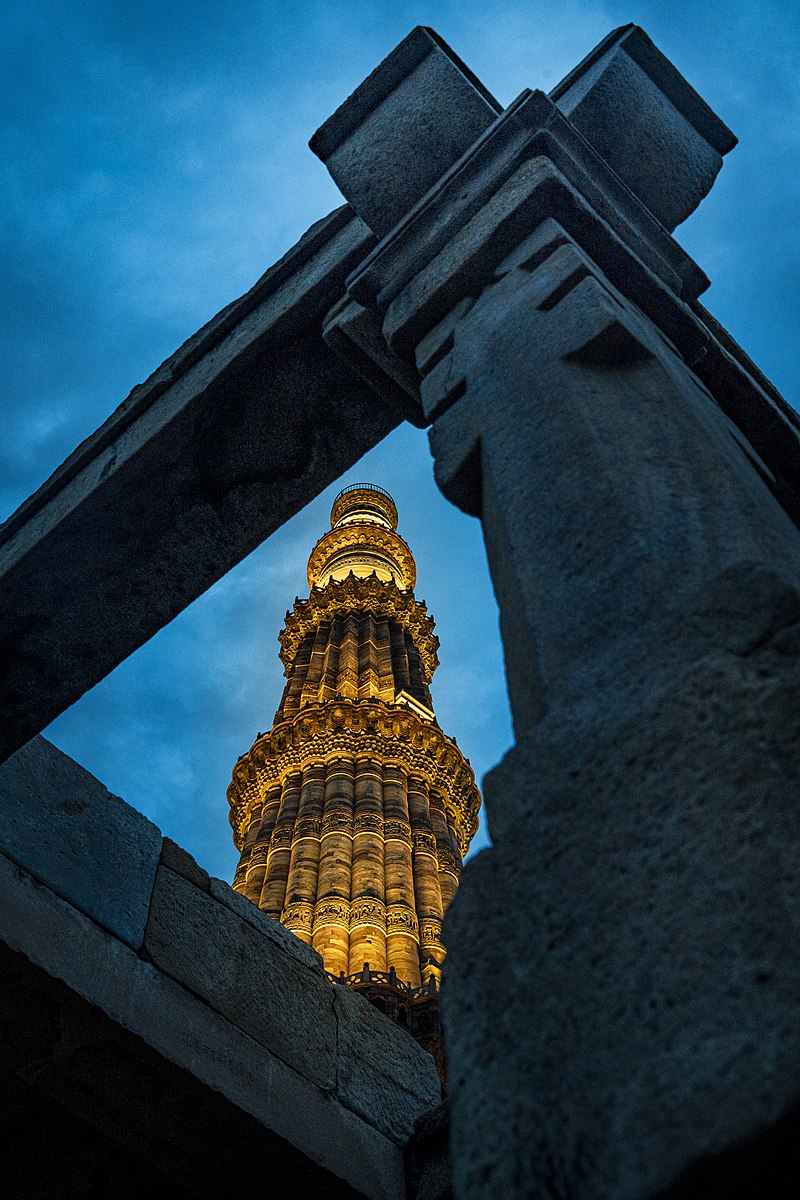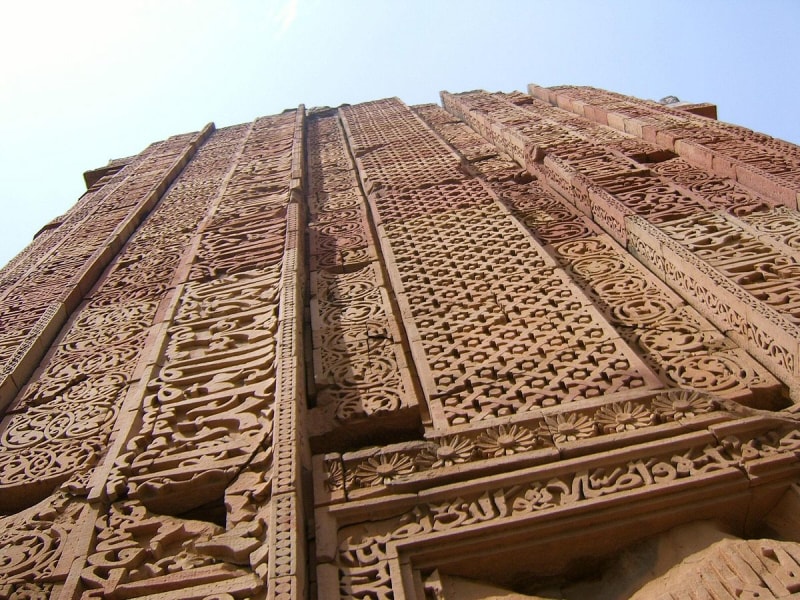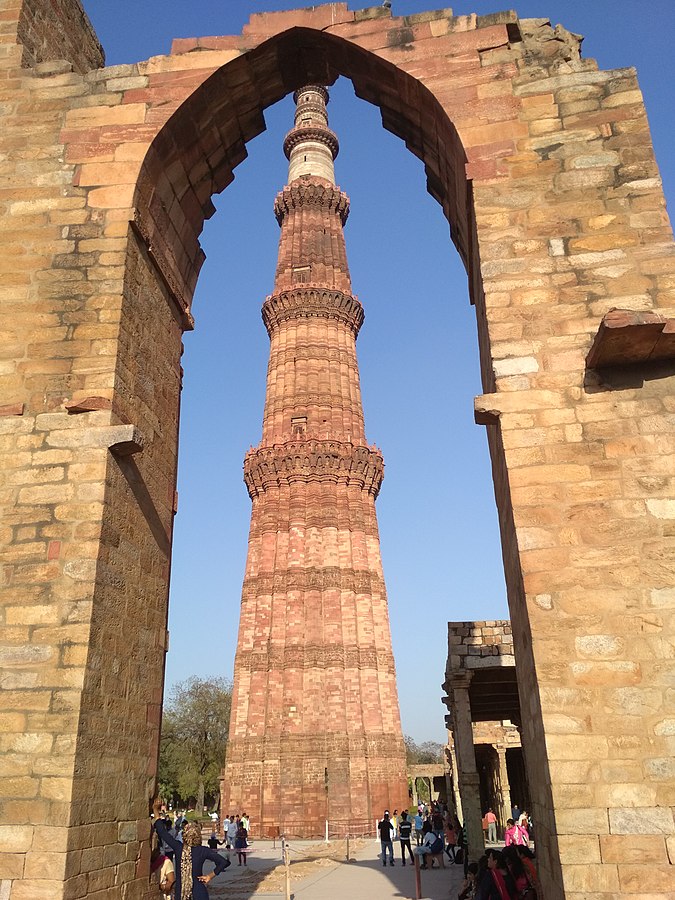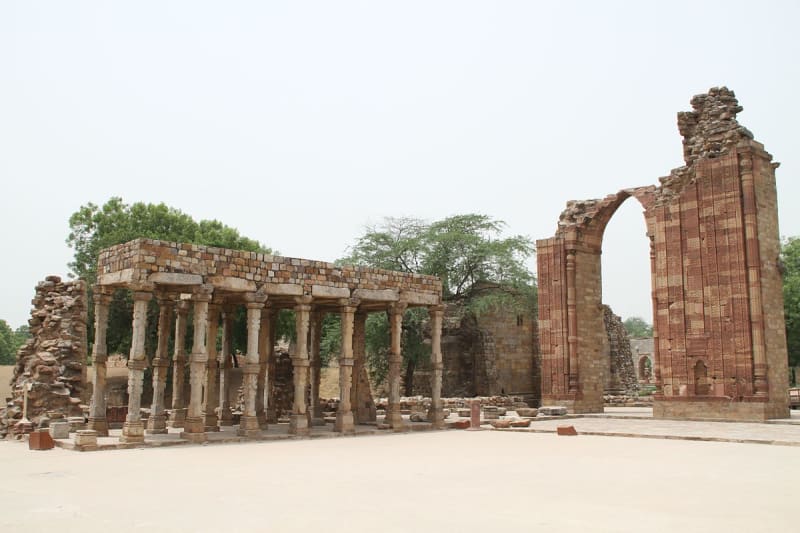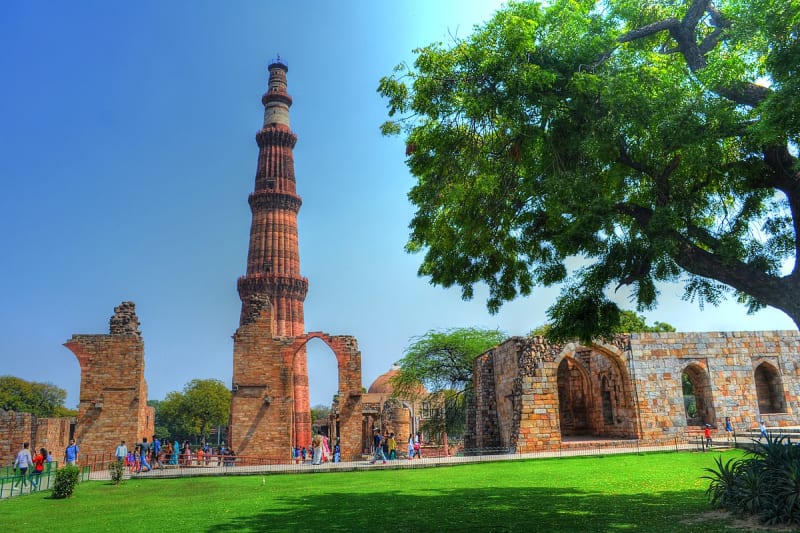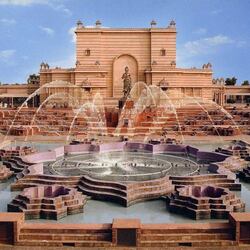Minaret Qutub Minar
In Delhi, the tallest minaret in the world, Qutb Minar or Qutb Minar, rests against the sky. Its height is 73 m, it consists of 5 tiers. It has a conical shape with a base diameter of 14 m and about 3 m at the top. The construction was continued by several generations of Delhi sultans. The minaret has concentrated the features of several historical eras. The unique masterpiece of the Indo-Islamic culture of the Middle Ages was considered one of the wonders of the world.
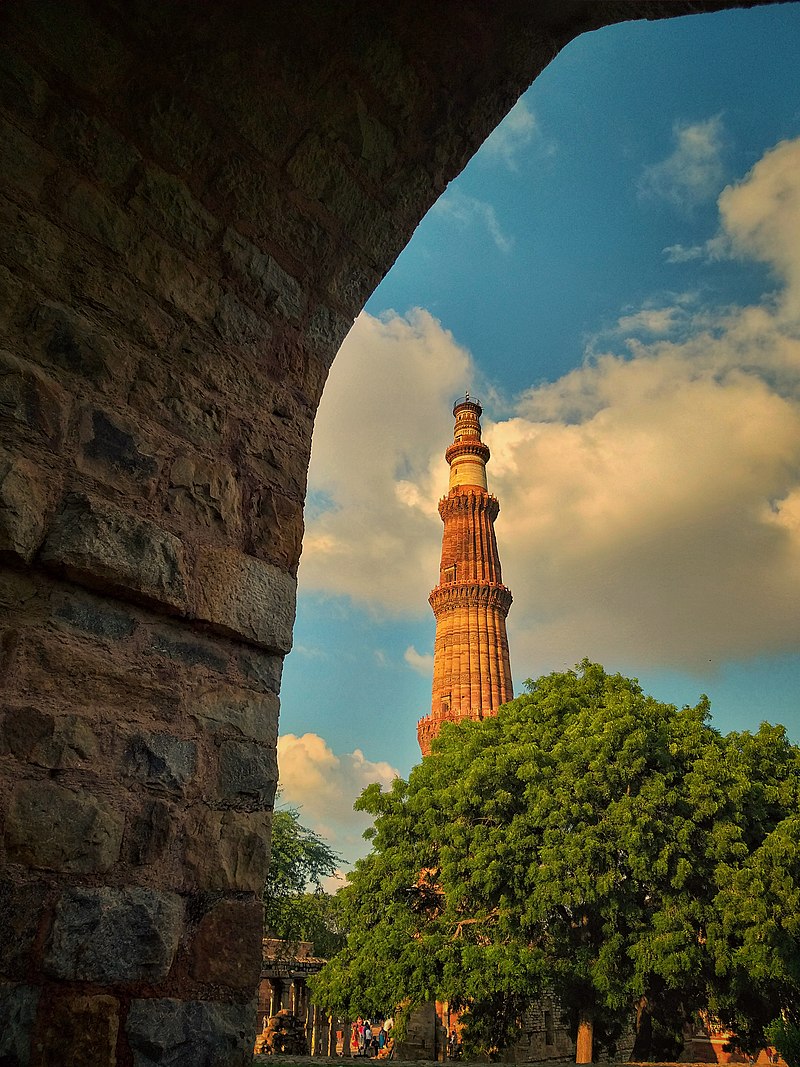
Qutb ud-Din Aybek, the very first Muslim ruler, was captivated by the splendor of the Jama minaret and decided to build a more impressive structure.
According to one version, Qutb ud-Din was once a slave who was bought in one of the slave markets of Central Asia. It is not known how he earned the patronage and favor of the sultan, but he was appointed ruler of the occupied Indian territories.
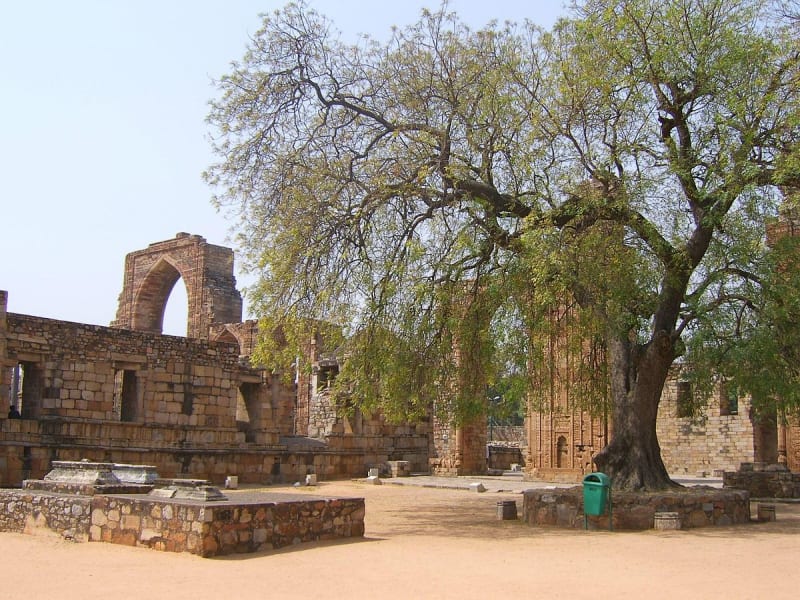
The history of the Qutb Minaret construction
Aibek began construction in 1193 in honor of the victory and conquest of Delhi. The ruler managed to install only one tier. His son-in-law and successor Iltutmish continued to build the Qutb minaret, but he also managed to put up only 3 levels. The material was red sandstone.
Finally, in 1368, Firuz Shah Tughlaq completed the construction of the minaret, building another fifth and last tier. The minaret was topped by a dome, and the walls of the upper tiers were decorated with marble. The structure turned out to be so strong that it withstood the earthquake of 1505, only the dome was damaged. The earthquake of 1803 caused more serious damage to the minaret, but everything was fixed pretty quickly.
The Qutb Minaret served not only to invite Muslims to prayer at the Kuvvat-ul-Islam mosque, but above all it symbolized the power and victory of Islam. There is another version of the reason for the construction - Qutb ud-Din decided to build a minaret in honor of the Sufi mystic, scientist, proclaimed saint, Bakhtiyar Kaki.
The surroundings are perfectly visible from the height, and the minaret played the role of a watchtower. The tower's surface is covered with quotations from the Quran in Hindi and Arabic.
The ornaments decorating the minaret look incompatible. The diversity is explained by the use of stones from the specially destroyed 27 Hindu temples in the construction. The minaret combines the attributes of several religions. Which, of course, contradicts the canons of Islam, although the builders, apparently, did not bother. Unlike Hindu temples, there are no images of people and animals on the minaret. Each tier of the Qutb Minaret is surrounded by a balcony. The minaret tower is tilted by 65 cm. A staircase with 379 steps leads to the upper part of the tower.
Near the Qutb Minar stands the famous pillar, a column of pure iron 7 m high and weighing 6 tons. It was forged in the fourth century B.C. Most Indians believe that touching the miraculous pillar brings happiness and fulfills desires. According to one opinion, a fallen meteorite was used to make the pillar. The pillar has been standing for thousands of years, but it turned out to be resistant to rust.
The Qutb Minaret is listed as a UNESCO World Heritage Site and is one of the main attractions of India. Thousands of tourists come to Delhi every year to see the grandiose and controversial structure.
